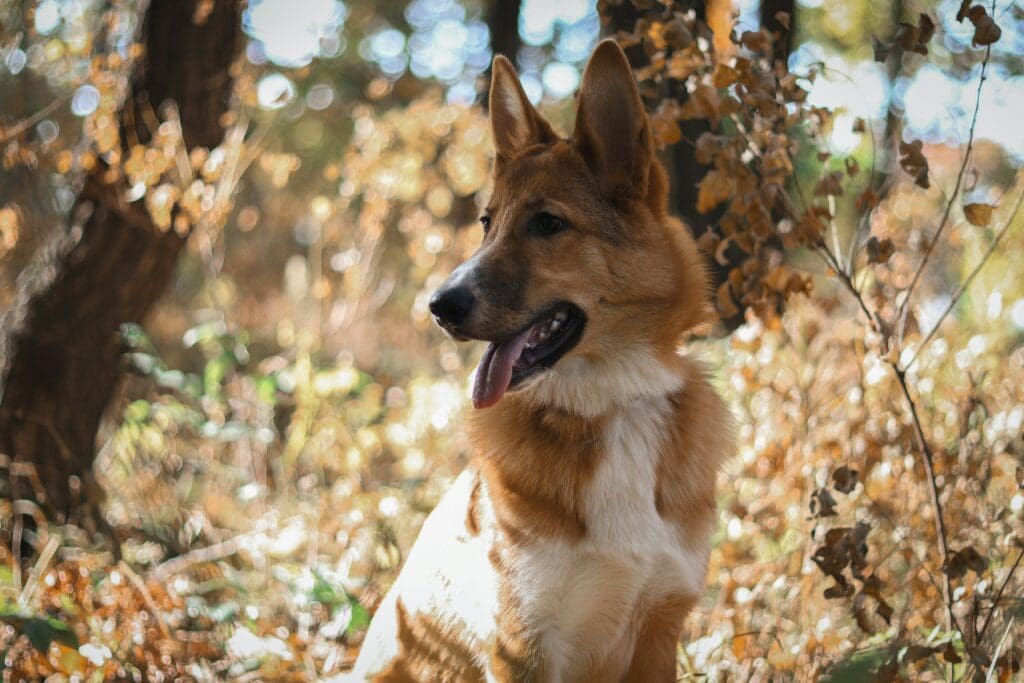Recognizing Fall Allergy Symptoms in Dogs
As the crisp fall air sets in and leaves start to turn, many people enjoy the change in seasons. But for dogs, fall can bring a new set of challenges—seasonal allergies. Just like humans, dogs can react to environmental allergens, especially during the fall months when pollen, mold, and leaf debris are at their peak. Recognizing the signs of allergies early can help you keep your pup comfortable and prevent bigger health issues.
Common Symptoms of Fall Allergies in Dogs
If your dog is experiencing seasonal allergies, you may notice a combination of the following symptoms:
-
Itchy Skin – The most common sign of allergies is excessive scratching. Dogs may bite, lick, or chew at their paws, sides, or belly.
-
Red or Irritated Skin – Allergies often cause inflamed skin that looks red, dry, or scaly.
-
Excessive Paw Licking – Pollen and other allergens can stick to your dog’s paws, leading to irritation. Constant licking is a red flag.
-
Watery Eyes and Runny Nose – Much like humans, dogs can develop watery eyes, sneezing, and nasal discharge during allergy season.
-
Ear Infections – Dogs prone to allergies may develop recurring ear infections due to inflammation. You may notice head shaking, ear scratching, or an unpleasant odor.
-
Respiratory Issues – While less common, some dogs may cough, wheeze, or have difficulty breathing if allergies are severe.
What Triggers Fall Allergies in Dogs?
Several seasonal culprits are responsible for fall flare-ups in dogs:
-
Ragweed Pollen – One of the most common triggers during late summer and fall.
-
Mold Spores – Wet leaves, damp soil, and decomposing plant matter create the perfect breeding ground for mold.
-
Dust Mites – As the weather cools, homes get closed up more tightly, leading to increased dust and indoor allergens.
How to Help Your Dog Cope
If your dog is showing symptoms, here are a few steps you can take:
-
Wipe Paws After Walks – Use a damp cloth or pet-safe wipes to remove allergens before your dog comes inside.
-
Regular Bathing – Bathing your dog with a gentle, hypoallergenic shampoo can soothe irritation and wash away pollen.
-
Vacuum Often – Keeping your home free of dust, pollen, and pet dander can minimize exposure.
-
Consult Your Vet – If symptoms are persistent or severe, your vet may recommend allergy medications, special shampoos, or dietary adjustments.
Final Thoughts
Fall allergies can make your dog uncomfortable, but being able to recognize the signs early is key to helping them feel better. With a few preventative steps and some extra care, you can ensure your furry friend enjoys the crisp autumn weather just as much as you do.

